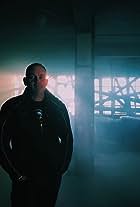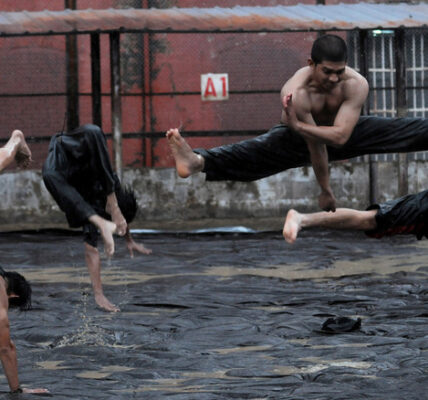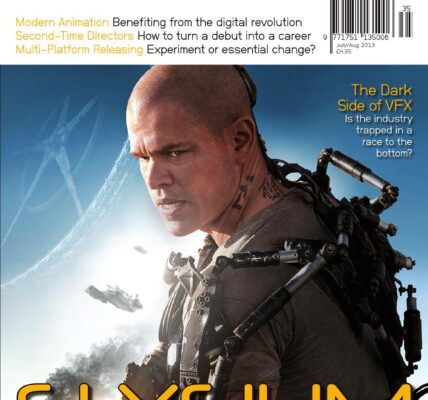SFX Supervisor – Jason Troughton
The Art of the Invisible
While VFX may beguile the eye in modern filmmaking, it’s practical effects that lend an unmatched texture and realism. The special effects supervisor of Peter Weir’s The Way Back explains why SFX are still alive and well.
This story starts in May 2008, when I was approached by a producer about a new project. By mid-December I was working on what would prove to be the most effects-intensive film of my career to date, Peter Weir’s The Way Back. Weir is a director with a string of benchmark films, including The Truman Show, Dead Poets Society, Gallipoli and Master and Commander, and he has a reputation for achieving something different in every project. So, no pressure…
The Way Back is the perfect backdrop to explain my approach to the craft of physical effects, its processes and art. Everything I strive for in the contribution that special effects make to a film is summed up in one statement: the art of the invisible. For me, it is about adding detail that audiences are going to appreciate subconsciously just as much as giving them eye-popping spectacle.
I initially studied industrial design and that has embedded a love of detail and structure that keeps the running of a project on the rails, without ruining the creative input. Creativity is not unbridled, however, and our increasingly budget-conscious industry requires ever more resourcefulness in thinking and problem-solving. In building on the ideas of the directors, designers and DoP, I try to create a heightened reality that sits seamlessly within the environment and genre of the film. This requires a level of attention to detail that is often not in the script, but the payoff is that physical effects can create unique and unexpected results by providing atmosphere and dimension.
Set during World War II, The Way Back tells the story of a group of POWs who escaped from a Siberian gulag only to face an arduous, epic trek to India. For us, the filming began in Bulgaria, doubling for a Siberian winter, where I had to create effects and atmosphere that blended seamlessly with the environment.
To realise Peter’s vision, I, together with a team of eight and two staff from Snow Business, worked extremely hard in continual freezing conditions to augment the natural snow cover, with four 40-foot containers of artificial product. We had to vary the tones and textures in order to match the real snow, and you won’t see the join!
We created several storms throughout the film, including a sandstorm in Morocco and many snow blizzards-one on Mount Vitosha at an elevation of 2,000 metres, with crew knee deep in snow in temperatures of -20ºC. These blizzard scenes necessitated the continuous feeding of paper snow into six large petrol wind machines, and this required hot water to be poured over the carburettors to stop the fuel from freezing! And, like the varieties of snow we created, the colours of natural fogs and mists varied so widely throughout filming that we were obliged to use different fluids with the smoke machines, to seamlessly match the natural elements and ‘disappear’ the effect.
Not every challenge was about extending natural weather effects. Part of the film takes place in the Gulag mines, where prisoners broke up frozen rocks by heating them with steam. We recreated this by continually pushing low-pressure steam through a practical steam lance and augmenting with bursts of liquid carbon dioxide. We’d installed a high-pressure fogging system within the set, running at 600 p.s.i., to create an atmosphere full of condensation; the camera department hated the damp environment, but the water mist created a visual ‘extra’ we could not have achieved with a simple smoke/haze set-up.











